This new Federal agency would provide relief, food, shelter, and education to the 4 million “refugees” of slavery. At first the agency had the right to divide former white owned plantations and give it to Black families (this was vetoed by President Johnson).
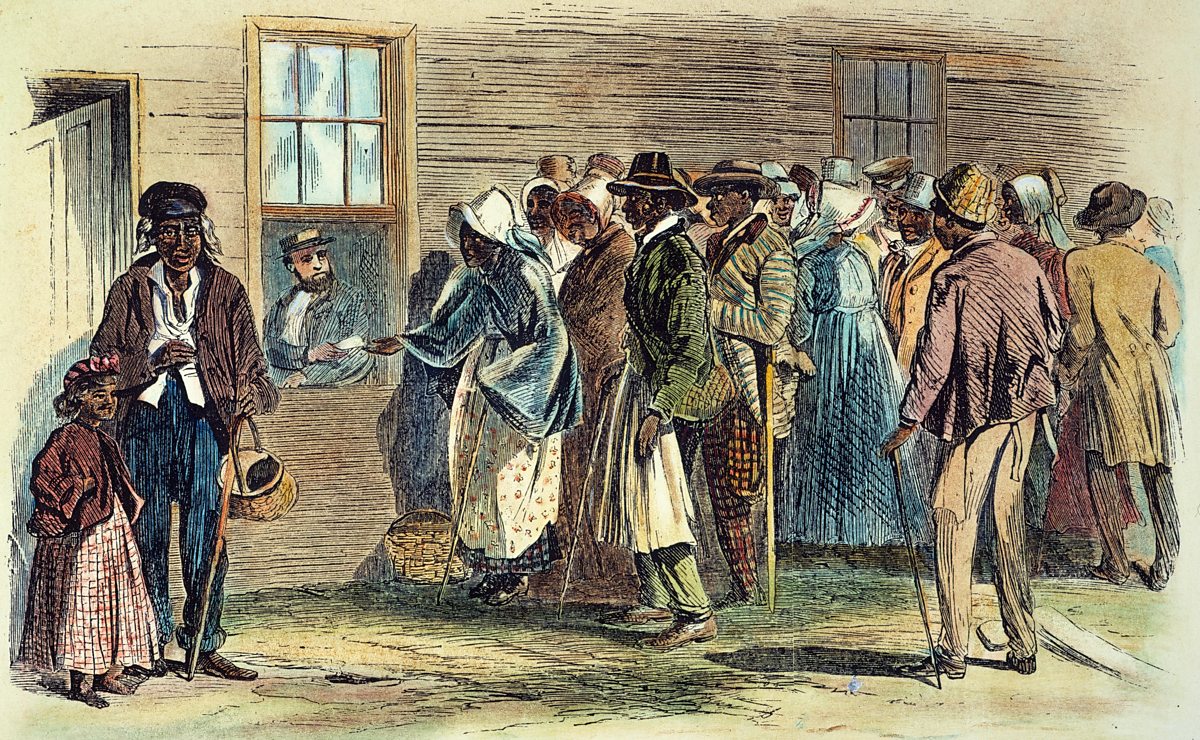
The Freedman Bureau
How black voting suppressed after 1877 (identify two methods)
Literacy test
Poll Taxes
grandfather clauses
made another famous statement after the war. He called for the brave soldiers to keep fighting for democracy. He wrote that despite of America’s hypocrisy and violent history of oppression and lynching, Black soldiers would demand equality
W.E.B Dubious
Building on the principles of the Niagara Movement, this group was founded in 1909 by both Black and white leaders, including Ida B. Wells, and W.E.B. Du Bois, who would become one of its most influential figures. was established with the goal of advocating for civil rights, challenging racial injustice through legal action, and fighting discrimination
NAACP
was a cultural, artistic, and intellectual movement centered in Harlem, New York, where African Americans sought to redefine their identity, celebrate their heritage, and resist systemic racism through creative expression.

The Harlem Renaissance
This time period focused on the rebuilding of Southern society after the war, replacing a society built completely on slavery, and the introduction of 4 million Black “new citizens” into Southern society. (Include the start and end dates)
:max_bytes(150000):strip_icc()/GettyImages-135384796-8a076bd93b204b72b367378d744372e9.jpg)
Reconstruction (1865-1877)
During Reconstruction, nearly 2,000 AA’s served in public office from the local level to U.S Senate.
16 voted to Congress in Wash D.C, i.e → Sen. ____ ________ (Civil War hero who stole a Confederate ship, liberated 15 ppl + helped change Lincoln’s mind about Black men serving in the armed forces)
Robert Smalls
A ____ ____ was a system of credit. Freedman came out of the slavery system with little or no money. Therefore, they didn’t have money for supplies or equipment so they would have to take a loan from the landowner.
crop lien
a student choir at Fisk University, introduced the religious and musical tradition of African American spirituals to the global stage during their international tours.
Fisk Jubilee Singers
the first U.S woman millionaire who developed products that highlighted the beauty of black people, fostered black economic advancement, and supported community initiatives through philanthropy.
Madam CJ Walker
led the largest pan-African (movements with a goal of unity of Africans and the elimination of colonialism and white supremacy) movement in African American history as founder of the UNIA (Universal Negro Improvement Association). The UNIA aimed to unite all Black people and maintained thousands of members in countries throughout the Caribbean, Latin America, and Africa.
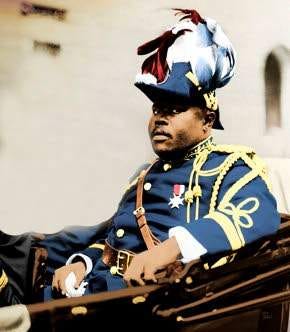
Marcus Garvey
period between the end of Reconstruction and the start of WW2 is widely considered the lowest point in American race relations since slavery.
Nadir
At the end of the Civil War in 1865, Union General William T. Sherman issued _____ _____ _____ No. __, which aimed to redistribute about 400,000 acres of land between South Carolina and Florida to newly freed African American families in segments of 40 acres, commonly known as “40 Acres and a Mule.”
Special Field Orders No. 15
Some families never reunited, leading to the creation of "____ ____" networks, where unrelated individuals formed close, family-like bonds to provide support and community.
fictive kin
were the primary providers of postsecondary education to African Americans up until the Black campus movement of the 1960s
HBCU's
The African American author named ________ gained national attention after publishing articles and books such as The Red Record, to expose lynching as a tool of white supremacy, not justice.
Ida B. Wells
The New Negro movement pursued the creation of a ______ _______ (set of principles or values that define what is considered beautiful, meaningful) by emphasizing the importance of reclaiming African heritage and infusing it into art, literature, and music to create a unique cultural identity.
Black aesthetic
Between 1917 and 1921 there was a proliferation of racial violence incited by white supremacists. The acute period of tensions in 1919 is known as the ___ ____

The Red Summer
Identify and describe the 3 reconstruction amendments.
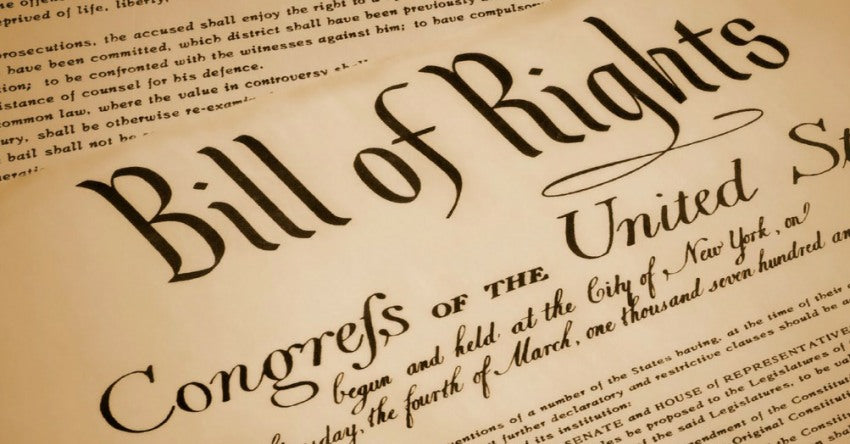
13th -- Abolished slavery
14th-- Birthright citizenship and equal protection
15th-- Prohibited denial of a citizen’s right to vote “on account of race, color, or previous condition of servitude,”
What was the significance of the Plessy v. Ferguson (1896) Supreme Court decision?
In 1896, the Court upheld segregation laws, ruling in Plessy v. Ferguson that segregation was legal as long as facilities were "separate but equal," reinforcing racial segregation across the country.
The 369th All Black regiment called the _______ _________ would see more combat than any other American troops during WW1. The “_______ _______” came from the Germans who feared their tenacity in battle.
Harlem Hellfighters
Describe the differences between the uplift strategies of Booker T. Washington and W.E.B Dubious
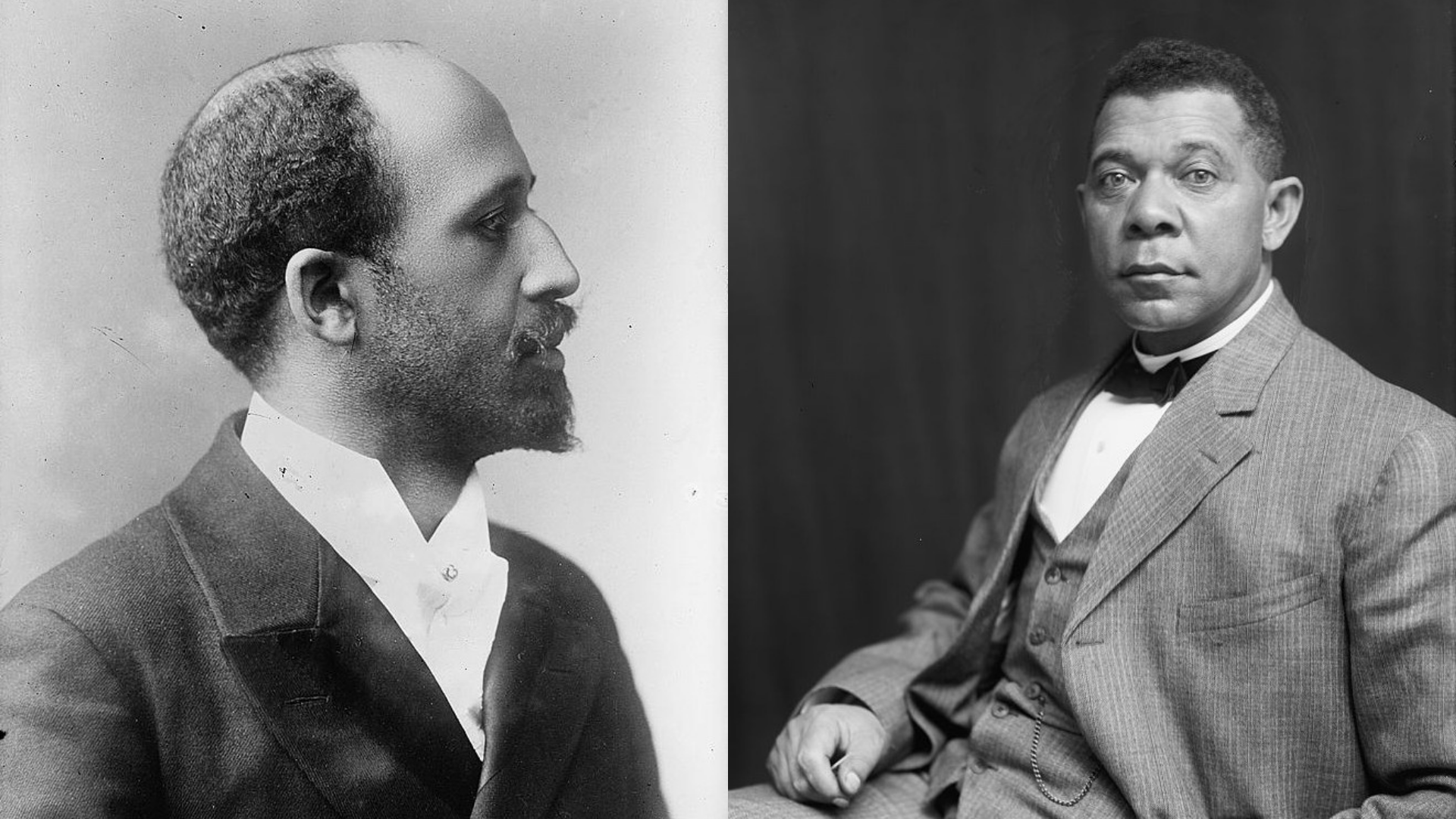
Washington --> focused on vocational training and limited political aspirations
Dubious --> focused on higher education, political activism, and civil rights as a means of progression
is best known for his photographs of Black Harlemites, particularly the Black middle class. He often used props (including luxury items) and special poses to capture the vibrant personalities of everyday African Americans and leading figures such as Marcus Garvey and Mamie Smith.
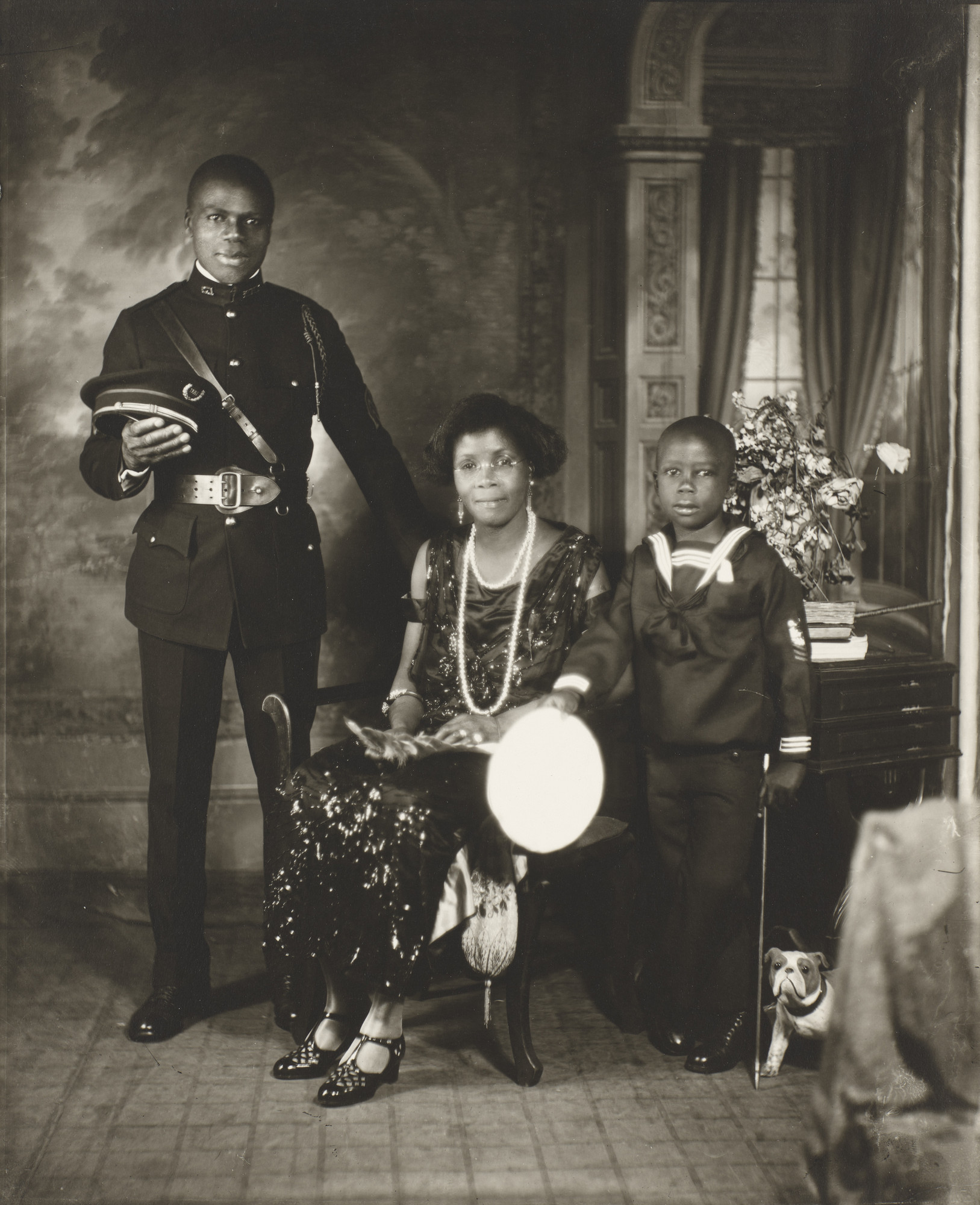
James Van Der Zee
______ _______ became the 1st Black man to serve in the US Congress and the US Senate (elected 1870). born to free parents in N Car., was well educated preacher. helped recruit Black men into the army during the Civil War.
Hiram Revels
Describe the Compromise of 1877
Republicans could keep the White House (through Rutherford B. Hayes) and have the election, as long as they promised to remove all troops out of the South. Republicans took the deal.
Identify 3 ways in which the Black Codes hindered the progression of African Americans during the post-Reconstruction period.

limiting their options for property ownership
requiring them to enter into unfair labor contracts
Many annual labor contracts provided very little pay.
Those without a labor contract could be fined or imprisoned for vagrancy.
Children could be taken from families and forced into unpaid apprenticeships
What factors contributed to the Great Migration?
Labor shortages in the North
Environmental issues (boll weevils, crop shortages)
White terrorism (i.e KKK, lynching)
Discriminatory racial laws (i.e Jim Crow, Black Codes)
Her view of “uplift” was somewhere in between Washington and DuBois' approach. Her activism was rooted in a more conservative, practical approach to uplift, with a focus on economic self-sufficiency and community building. Like Washington. She started her own vocational school, the National Training School for Women and Girls in Washington, D.C., in 1909.
Nannie Helen Burroughs
What is the significance of Paul Lawrence Dunbar’s “We Wear The MasK” and W.E.B. Du Bois’s concept of “the Veil”?
Both symbolize the separation of African Americans from full participation in American society due to racism and discrimination
AA’s continued to transform Christian worship in the U.S created their own institutions. The ______ ________ ________ Church (AME) was founded in 1816 as the first black Christian denomination in the U.S. After Reconstruction, the number of black churches increased significantly.
African Methodist Episcopal Church